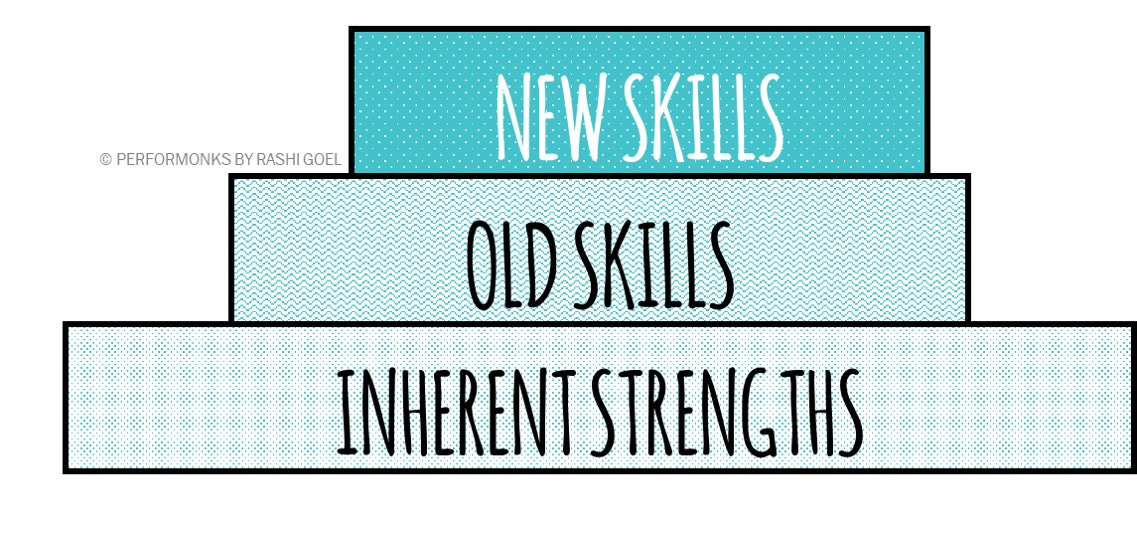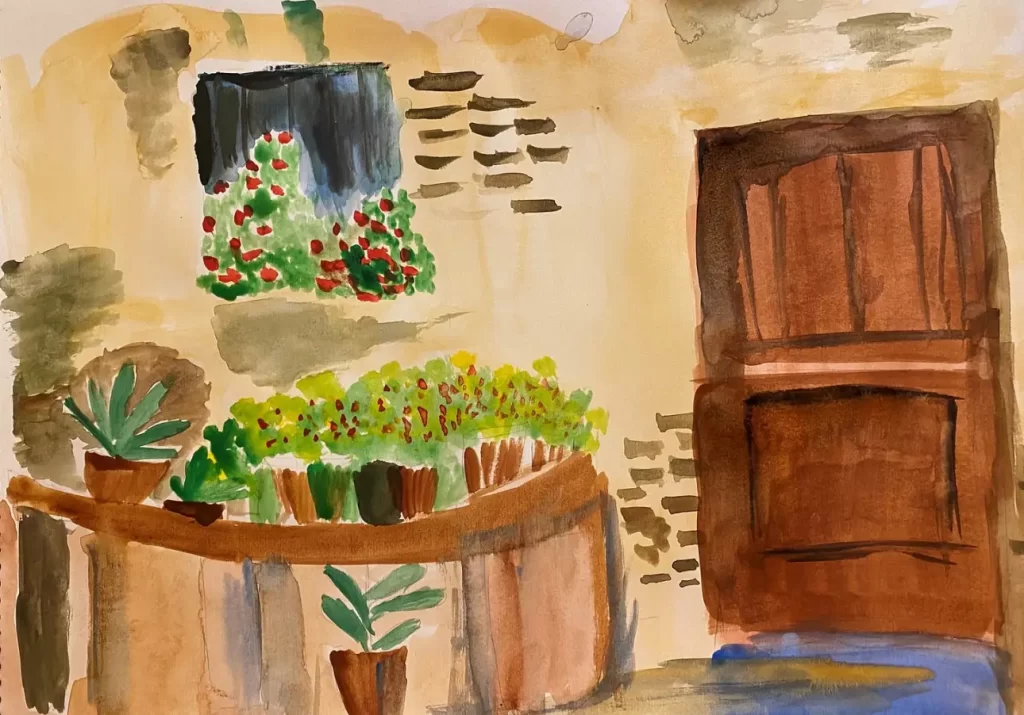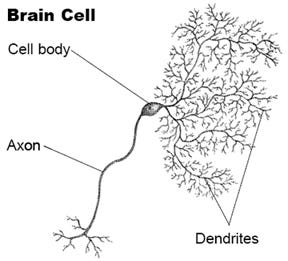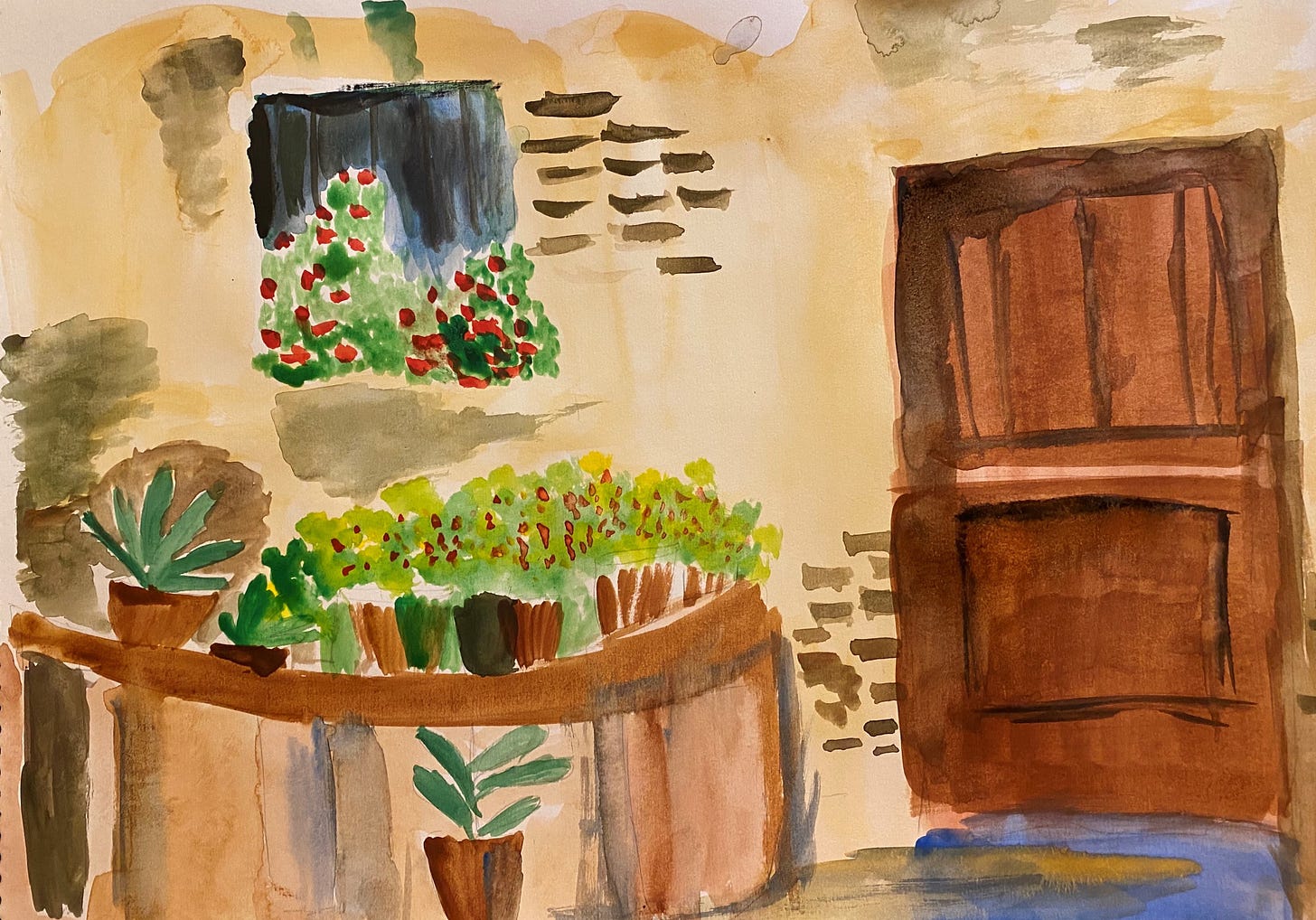In an earlier newsletter, I had written about the 10,000 hour rule. Upon reading that edition, a marketer asked me a bunch of questions that led me to dive deeper in Part I.
As I explored, I learnt that learning new skills and pivoting roles is a simple 80-80-80 rule!
- 80% is knowing what skills to practice
- 80% is knowing when to pivot
- 80% is knowing how to pivot
Brace yourself. This is a long one.
80% is knowing what to practice
Apparently, practice makes only ~25% perfect.
The 10,000 hour rule is derived from a 1993 study of pianists + violinists by Anders Ericsson (read the original paper here). All the musicians in his study had practiced for an average of 10,000 hours. So Ericsson drew a mathematical conclusion that mastery depended on 10,000 hours of practice and nothing else. He ignored factors like natural talent etc.
Macnamara and Megha (M&M), (possibly disappointed with Anders’ limited view of mastery), repeated the study. This time with changes. They got a panel of experts to rank musicians into groups of “Good”, “Better” and “Best”.
While the “good” cohort had spent only 6,000 practice hours, both “Better” and “Best”. groups had spent an average of 11,000 hours.
Obviously there was some X-factor at play here, since both groups had practiced for the same number of hours, but one was “Bester” than the other!
While M&M were unable to find that X-factor, they went on to conduct several more studies and proved that practice hours matter and predict 26% of skill variation for chess, 21% for music, and 18% for sports.
So there is some merit in getting to a threshold of atleast 10,000 hours of practice.
But what makes up the rest? I would wager a good sum of money that Deliberate Practice and Natural Wiring enter the room at this point, and refuse to leave.
In the first part of this newsletter, we had explored the importance of deliberate practice. We saw that it is easier to be deliberate about skills that we are genetically wired for, that we enjoy and are naturally curious about.
Michael Phelps is biologically wired to be a world class swimmer. But what about the rest of us? Are we wired to be naturally good at certain skills?
Turns out, each one of us is mentally wired for certain strengths right from childhood.
To understand this, we need to take a brief detour into the fascinating world of brain architecture.
Brain architecture wires strengths into us.
Neurons (nerve cells) are the basic building blocks of the brain. Neurons communicate with each other through “Dendrites” (incoming) and “Axons” (outgoing).
In the first 10 years of our life, our brain forms trillions of connections between neurons. Each neuron may connect with upto 15,000 other neurons to form a network of neural pathways. This is called the brain’s “wiring”.
As information goes to and fro, pathways between some neurons become thicker and stronger due to constant use, and weaken and disappear due to underuse between others.
Think of it like two bulbs that communicate by sending and receiving electric signals through a wire. As the intensity (wattage) of signals increases, the connecting wire thickens. On the other hand, with no or low intensity of signals, the wire thins out and breaks.
This video explains this well.
Thicker the neural networks, stronger the connections. And strong connections become foundations for strengths.
Marcus Buckingham has based his life’s work upon this fascinating biology. He says that if we design our life and work around these innate strengths, we can thrive and soar in our career and our life.
Strengths strengthen us.
He says, “A strength is more appetite than ability, and it’s that appetite that drives us to want to do it again; practice more; refine it to perfection. The appetite leads to the practice, which leads to performance.”
He busts the myth that a strength is only performative – something we are good at. Instead, he says a strength is something we look forward to doing. Something that energizes us, something we are curious about, something we enjoy and the more we do it, better we get at it!
Sounds a lot like deliberate practice doesn’t it? Also sounds a lot like flow state by Mihaly Csikszentmihalyi. When we are doing something that is our natural strength, we don’t get bored, or feel depleted – we are in flow.
Flow is being completely involved in an activity for its own sake. The ego falls away. Time flies. Every action, movement and thought follows inevitably from the previous one, like playing Jazz.
Mihaly Csikszentmihalyi
In this video, he shares a simple technique to identify our strengths.
I highly recommend Marcus’ book, Now Discover Your Strengths. Or Don Clifton’s Strengths Based Leadership. Clifton’s book comes with a unique code. You can use the code to take the Gallup Strengths Finder Online Test and find out your top five strengths.
According to Marcus, you can pay attention to four signs to learn if a skill is linked to your inherent strength: Spontaneous reactions, yearning, rapid learning and satisfaction.
Spontaneous Reactions: observe your spontaneous reactions in times of stress and crisis. If you jump up and take charge, your strength might be ‘Command’. If you crack a joke, your strength could be ‘Positivity’. Do you ask for more data, your inherent bias is to be ‘Analytical’. If you check how everyone is feeling, chances are that ‘Empathy’ is your strength.
Yearning: if you have been drawn to something right from childhood, it may be a strength. Picasso was studying art with adults when he was 13, Mozart had composed his first symphony at the age of 12. Did you have childhood passions that you still find irresistible? They could be manifestations of your strengths.
Rapid learning: if you learn something fast and with ease, it is most likely linked to your strength. Unlike Picasso who felt a yearning for art early on, Matisse felt no yearning. He was twenty-one and had a job as a lawyer’s clerk. Until one day, his mother handed him a box of paints to keep him occupied during his illness. This changed the direction of his life. He taught himself within 4 years and was accepted into the most prestigious art school in Paris.
Satisfaction: if you feel deep satisfaction while performing an activity, or you find yourself looking forward to doing it next, it is most certainly a strength.
80% is knowing How to stack skills
By now, I hope we all have a hunch on what activities we enjoy doing, and what our natural strengths are. We can now start connecting the dots between our various strengths to craft our own unique imprint.
Can you remember who you were, before the world told you who to be?
Charles Bukowski
The same strength can build two parallel careers. You can tell that Ryan Reynolds enjoys writing funny off-center humor. He applies his self-deprecating wit to his movies and also to a very successful parallel career, running an advertising agency. So if you are a marketer and your inherent strength is creativity, this does not mean that you cannot be a logistics head.
Different people with the same strength add their own unique flavor to it and can build very different careers. Both Ryan Reynolds and Rickey Gervais have humor as a natural strength. But both display it in very different ways. Gervais’ flavor of humor is more observational, sarcastic, maybe even a little bit philosophical. He has built a successful career as standup comedian, a host and the creator of hugely successful series like The Office and After Life.

Just like no two comedians are alike, why should two sales heads be mirror images of each other?
Give yourself permission to create your unique imprint: Don’t be afraid to bring your own imprint into any role you take up.
Freely disregard the shoulds and should nots. We try to mold ourselves into cookie cutter versions of what we think a sales person should be, what a marketer should be like. Skills will give you an entry into a new role, but remember, only your unique strengths will make you successful and happy while you are in the role.
For example, if you are a marketer who wants to pivot to sales, do it, and utilize your innate strengths. If your strength is that you think big, then go ahead and think big in sales! Don’t try to behave like a ‘typical’ sales professional.
The idea is not to lose the old skills we have, but to stack new skills on top of old skills, on top of inherent strengths. Create connective tissue between different skills and craft your own unique imprint.

If Tim Cook had tried to be a mirror image of Steve Jobs, he would have become as out of synch as my 2015 iPad. If Satya Nadella had tried to be Steve Ballmer, he would have been inauthentic and been booed out of Microsoft in a New York minute.
80% is knowing When to pivot
Lastly, my marketer friend asked, at which stage of our career should we pivot?
In the previous newsletter, we had discussed how we are constantly picking up adjacent skill sets through deliberate practice.
We also need to be deliberate about utilizing these skills to pivot to bigger better roles. Few techniques and watch outs from my experience:
Find a skill-market fit: This is a no brainer. Build for tomorrow. Make a list of target companies or industry, find out what skills the industry will need in future, and start adding those dimensions.
Reverse job interviews: the best way to explore new roles and skills, is to interview people in these roles. This is a low risk method to learn and also to signal interest for jobs!
Trial assignments: offer to do projects in the role you wish to pivot to. This is a low risk ‘sachet size’ trial, without having to buy the entire ‘shampoo bottle’.
Manage pigeon holing: Having figured out our inherent strengths that combine to make our unique imprint, we may realize that we already have enough skills to pivot to a new kind of job. But we may not be perceived to be ready for it in our company. Most companies pigeon hole employees into neat little boxes of functions and roles. In such cases, finding a sponsor who trusts us enough to gives us a chance in a new role is our best strategy. Remember, most movements will require negotiation – timing, location, salary, scope, seniority.
Know what your move looks like. There are more ways than one, to scratch the itch of, ‘I can do more’:-
- a new role in the same company (a marketer taking on a sales role)
- a new geography (my colleague D moved countries in the same function with the same company, got a new lease of life and is now thriving!)
- a new industry (moving from FMCG to Ecommerce – like I did!)
- a new skill set (a traditional marketer learns digital marketing in a classroom and then applies it in the day job)
- a new avenue for self expression (so many of my friends are passionate runners, one is even an ironman, and they all say this adds a new dimension to their professional personas)
TL:DR
- Build your career around inherent strengths. Buckingham says when we do something that is linked to our strengths, our brains light up. Watch out for that feeling and you will know you are in the vicinity of your strength. If your brain shrivels and feels depleted, run away from that task.
- Be wary of prescriptions: Don’t fit into the cookie cutter definition of the next role you wish to get to. Bring in your own unique strength to the job – your own imprint.
- Navigating a role movement also takes effort, make it easier and risk free by finding sponsors, reverse job interviews or by ‘trying’ out the role you aspire to.
Leave room for serendipity
Life cannot be micro managed.
Not all skills and roles can planned for.
Sometimes things just fall into place smoothly. I know all of my readers will know this story. But it bears repeating in this context.
Here’s the story in Steve Jobs own words:
And much of what I stumbled into by following my curiosity and intuition turned out to be priceless later on. Let me give you one example: Reed College at that time offered perhaps the best calligraphy instruction in the country. Throughout the campus every poster, every label on every drawer, was beautifully hand calligraphed. Because I had dropped out and didn’t have to take the normal classes, I decided to take a calligraphy class to learn how to do this. I learned about serif and sans serif typefaces, about varying the amount of space between different letter combinations, about what makes great typography great. It was beautiful, historical, artistically subtle in a way that science can’t capture, and I found it fascinating.
None of this had even a hope of any practical application in my life. But 10 years later, when we were designing the first Macintosh computer, it all came back to me. And we designed it all into the Mac. It was the first computer with beautiful typography. If I had never dropped in on that single course in college, the Mac would have never had multiple typefaces or proportionally spaced fonts. And since Windows just copied the Mac, it’s likely that no personal computer would have them. If I had never dropped out, I would have never dropped in on this calligraphy class, and personal computers might not have the wonderful typography that they do. Of course it was impossible to connect the dots looking forward when I was in college. But it was very, very clear looking backward 10 years later.
Again, you can’t connect the dots looking forward; you can only connect them looking backward. So you have to trust that the dots will somehow connect in your future. You have to trust in something — your gut, destiny, life, karma, whatever. This approach has never let me down, and it has made all the difference in my life.
Steve Jobs
If you re not tired yet, read this edition on Serendipity.





